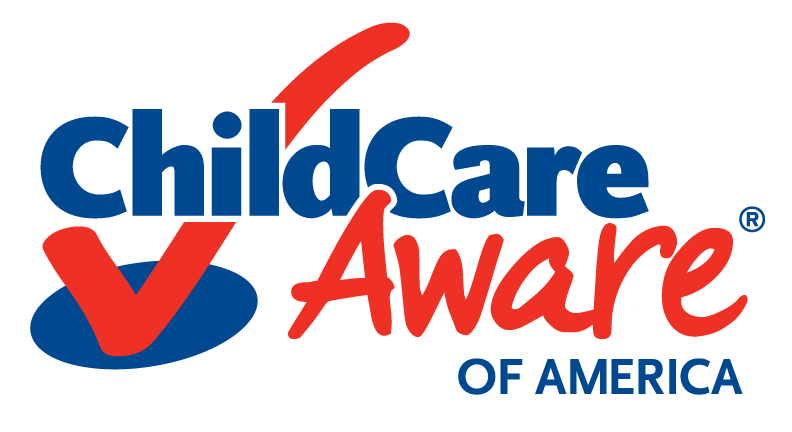Learn how to identify and support families experiencing homelessness. Become familiar with the McKinney-Vento definition of homelessness and connect to a broad range of national and local resources.
Did You Know?
- Over one million children under six experience homelessness nationwide.
- A person is most likely to experience homelessness during their early childhood years.
- Homelessness during pregnancy and the first five years is linked to increased risks for developmental delays, health and social-emotional problems into the school-age years.
- High-quality early care and education buffers children and families from the challenges and risks of homelessness, yet children in homeless situations are less likely to participate in stable and nurturing early childhood programs, compared to their peers.
- Barriers that may keep families and children experiencing homelessness from participating in early childhood and school-age care and education programs include:
- limited access to transportation
- frequent moves
- lack of documentation for enrollment (birth certificates, medical documentation, etc.)
- lack of child care spaces (child care deserts)
- lack of financial resources or lack of awareness of child care financial assistance programs
- lack of awareness across early care and education professionals and providers about the prevalence of family homelessness within their own communities.
The COVID-19 pandemic has only exacerbated these barriers and created additional challenges for families experiencing homelessness.
Child Care Professionals and Providers Are In a Unique Position to Help
Child Care Resource & Referral agencies (CCR&Rs) across the country address critical needs affecting vulnerable children and families every day. CCR&Rs are uniquely positioned, to serve families experiencing homelessness and to support the professional development needs of child care providers to be better equipped at helping children and families experiencing housing instability. This level of coordination and collaboration across systems and direct services is a crucial and valuable resource in the lives of young children and their families; particularly during moments of hardships.
Child care providers have always been an invaluable support for families and children, especially during difficult times.
Child care providers offer children secure, quality and nurturing care that promotes resiliency, healthy development and growth. Child care providers support children experiencing homelessness by:
- offering stable and familiar routines such as regular nap times and feeding schedules
- providing structured learning activities and time for open play
- preparing opportunities for physical activity and spending time outside.
They offer families:
- the peace of mind that comes with knowing that their child is in a safe and caring environment. Parents and caregivers can more easily focus on meeting their goals toward stable housing and employment/training.
- open and ongoing communication about their children’s strengths and areas of concern.
- connections to community resources such as social service providers and CCR&Rs.
How Can You Support Families and Children Experiencing Homelessness?
- Learn about how funding from the American Rescue Plan Act can help families experiencing homelessness in your community with this resource from SchoolHouse Connection
- Draw upon the Training and Technical Assistance (T/TA) tools and materials referenced throughout this page to develop or enhance staff training and professional development for child care providers on serving families experiencing homelessness. For example, share resources with providers such as the Serving Children and Families Experiencing Homelessness Tipsheet and resources about family homelessness in English from Sesame Street in Communities.
- Enhance your strategies to engage and provide outreach to families experiencing homelessness with this resource from the National Center on Parent, Family & Community Engagement.
- Collaborate with your CCDF State Administrator to support the implementation of your state’s plan to meet CCDBG requirements for serving families experiencing homelessness.
- Reach out to your state homelessness coordinator and local homelessness liaison to coordinate services for families experiencing homelessness in your community.
- Identify local organizations that serve families and children experiencing homelessness for networking and for referring to families. Promote CCR&R services to these new partners. For example, share this poster.
- Encourage child care providers to refer families to their local CCR&R for help accessing child care subsidies, child care referrals and additional social services, such as TANF, SNAP, WIC and Medicaid.
- Join a homeless coalition in your state to collaborate with community organizations that support families experiencing homelessness. Advocate for the needs of children to service providers who work with families at risk for or experiencing homelessness.
Local and National Resources
Homelessness & COVID-19: How Can CCR&Rs and Child Care Programs Help?
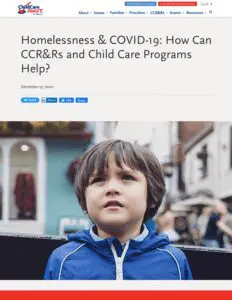
Tips for CCR&Rs: What to Know About Helping Renters
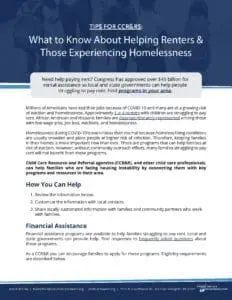
Flyer about Families Experiencing Homelessness
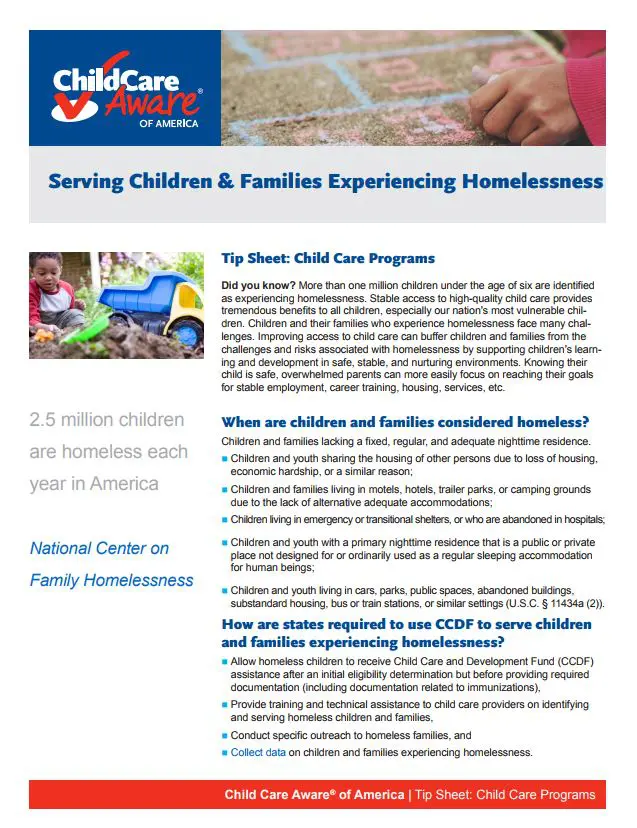
Poster Promoting CCR&R Services
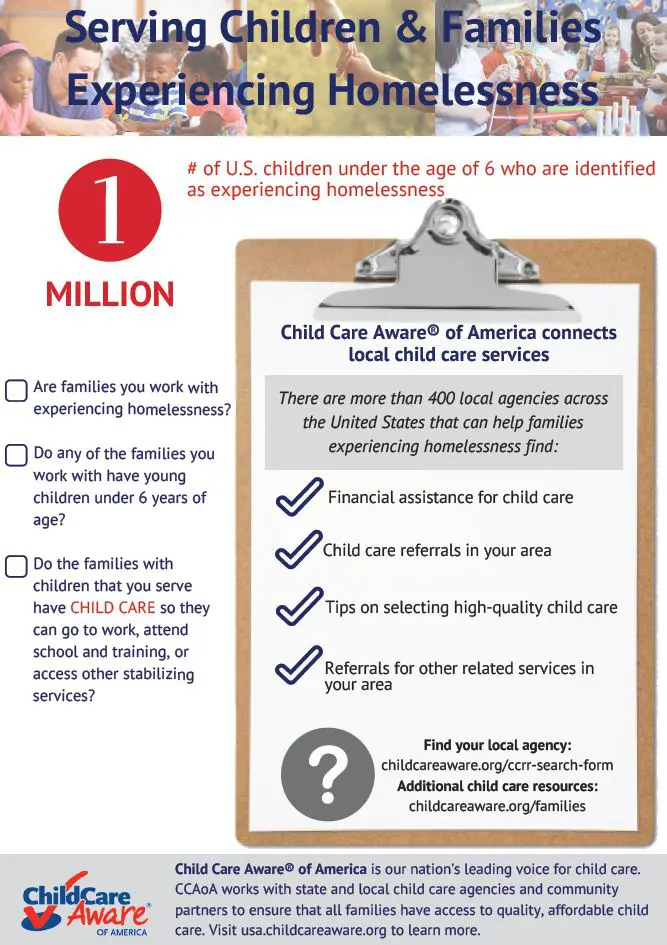
Webinar with Child Care Aware® of America and the National Center for Homeless Education (NCHE)
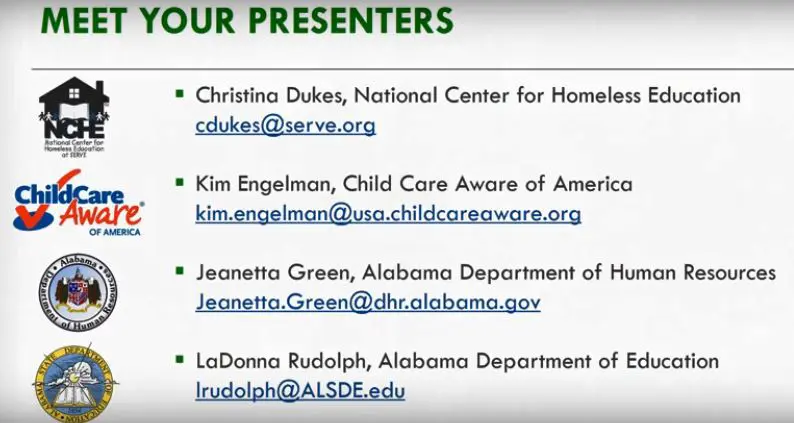
Interactive Learning Modules from the National Center on Parent, Family, Community Engagement

This self-assessment tool from the Administration for Children and Families is a guide to creating early childhood settings that support the safe and healthy development of young children experiencing homelessness.
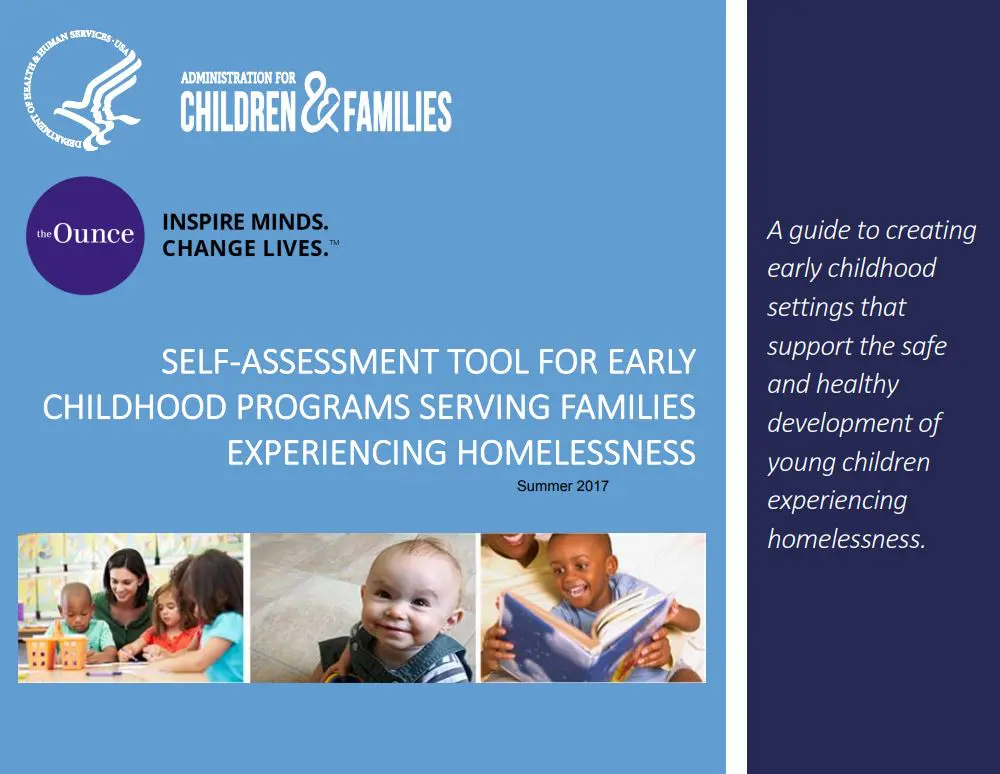
PDF: National and Local Resources to Help Support Families Experiencing Homelessness
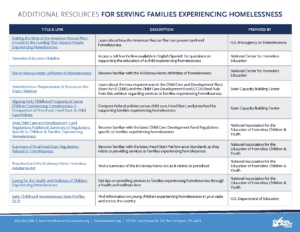
Take Action
- Draw upon the comprehensive Training and Technical Assistance (T/TA) tools and materials referenced all throughout this page to develop or enhance training for staff and professional development for child care providers on serving families experiencing homelessness. For example, share the Serving Children and Families Experiencing Homelessness Tipsheet with providers.
- Connect with a homelessness subject matter expert from Child Care Aware® of America for one on one guidance and support for your agency.
- Collaborate with your CCDF State Administrator to support the implementation of your state’s plan to meet CCDBG requirements for serving families experiencing homelessness.
- Reach out to your state homelessness coordinator and local homelessness liaison to coordinate services for families experiencing homelessness in your community.
- Identify local organizations that serve families and children experiencing homelessness for networking and for referring to families. Promote CCR&R services to these new partners. For example, share this poster.
- Encourage child care providers to refer families to their local CCRR for help accessing child care subsidies, child care referrals and additional social services, such as TANF, SNAP, WIC and Medicaid.
- Join a homeless coalition in your state to collaborate with community organizations that support families experiencing homelessness. Advocate for the needs of children to service providers who work with families at risk for or experiencing homelessness.
